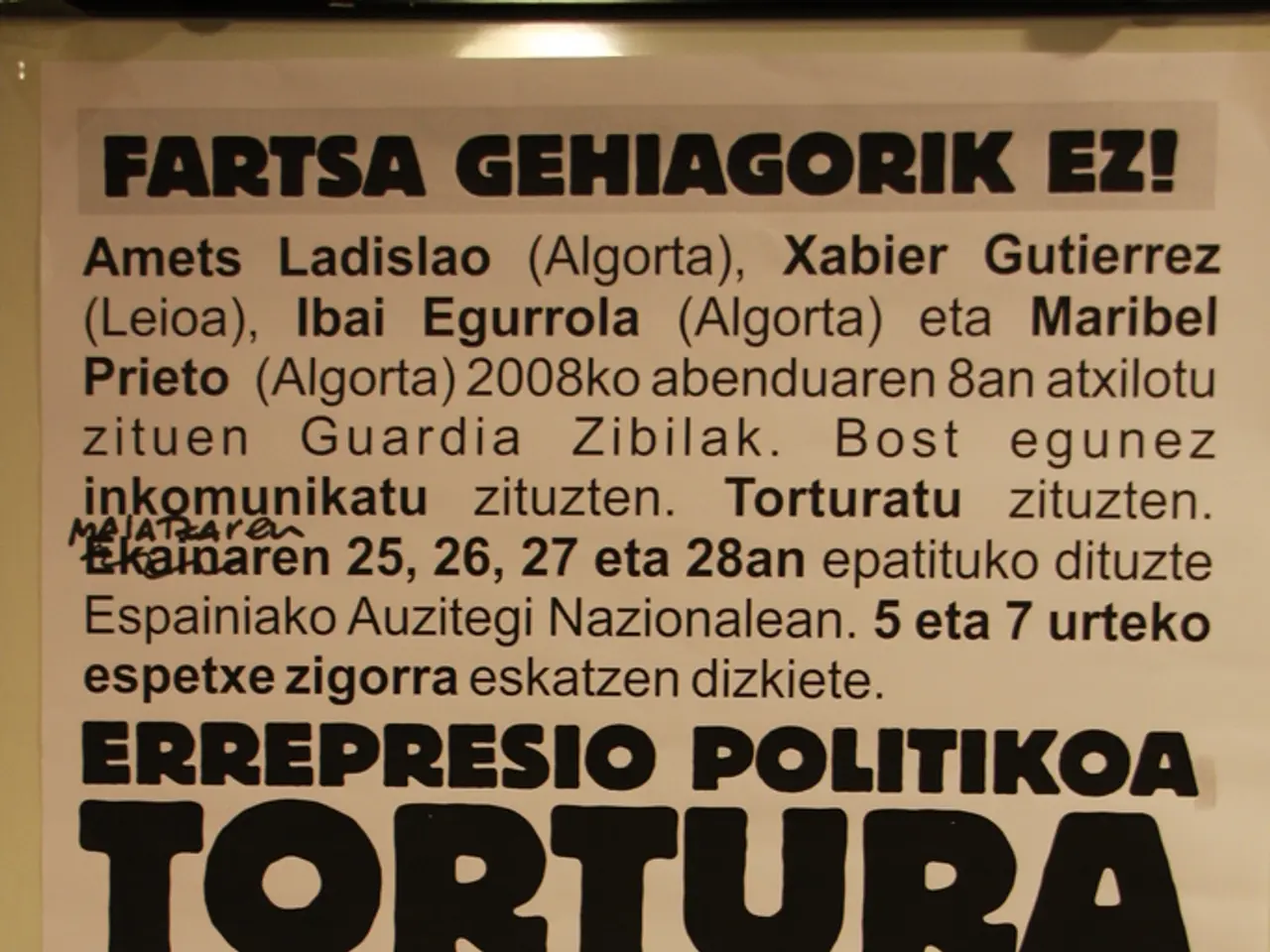Dictator Porfirio Diaz of Mexico Fueled a Revolution in 1910 by Leveraging His Authority to Aid Rebellion
In the heart of Mexico, a man rose from humble beginnings to become one of the country's most influential figures. Born to a poor, indigenous family in Oaxaca, Porfirio Diaz (1830-1915) would go on to rule Mexico for over three decades, a period known as the "Porfiriato."
Diaz's journey to power began with his military leadership in resisting foreign invasions and his strategic overthrow of President Sebastián Lerdo de Tejada in a coup in 1876. His initial prominence came from defending Mexico against the French Intervention in the 1860s and later leading republican forces to recapture Mexico City in 1867.
Diaz leveraged his military successes and liberal political alliances to establish a strong centralized regime. Several key factors contributed to his consolidation of power: his military fame, political skill, control of the military and bureaucracy, and economic modernization policies. He promoted foreign investment and infrastructure development, gaining the backing of elites and foreign powers, notably the U.S.
However, Diaz's long rule increasingly became authoritarian and exclusionary. He manipulated elections, favoured a small conservative elite, and suppressed opposition, leading to political repression and social inequalities. Indigenous and peasant communities were marginalized, and wealth disparity increased dramatically under his regime.
These factors inspired the Mexican Revolution in 1910. Francisco Madero's challenge and call for democracy resonated with widespread dissatisfaction among the population. The fraudulent elections and Diaz's refusal to relinquish power led Madero to issue the Plan de San Luis, calling for rebellion against Diaz's dictatorship.
The revolution was fueled by socio-economic grievances related to land concentration, political repression, and lack of democratic freedoms, all exacerbated under Diaz's regime. Though Diaz stepped down in 1911, his ruling coalition’s continued dominance and conservative resistance prolonged revolutionary conflicts.
In summary, Diaz's rise was due to military prowess and political acumen intertwined with promoting economic development. However, his dictatorship's authoritarianism and exploitation alienated broad sectors of society, triggering the Mexican Revolution.
Diaz demonstrated exceptional leadership skills in various battles like the Reform War and French Intervention. His military career set him on an unprecedented journey of power and influence. Yet, his rule paradoxically led him to inspire revolutionaries against his own rule, culminating in the Mexican Revolution of 1910. Through wielding his power with an iron fist, Porfirio Diaz proved himself as much catalyst as tyrant.
In the context of his rise to power and subsequent rule, Porfirio Diaz's political maneuvers were instrumental in shaping general-news headlines, with his strategic alliances, military victories, and economic policies making frequent appearances. However, the authoritarian nature of his regime and the widespread repression that ensued also made him a central figure in political debates, with critics blaming him for the conditions that ultimately sparked the Mexican Revolution.







